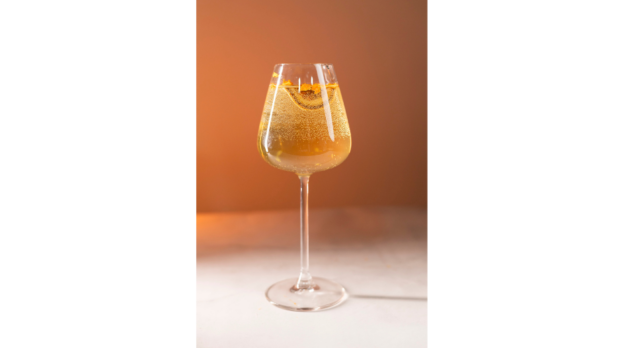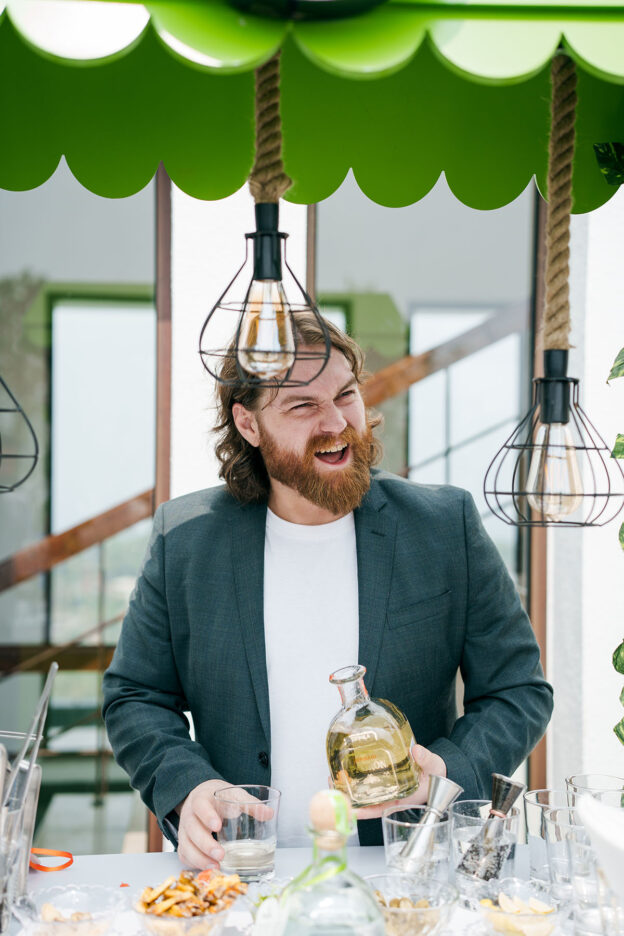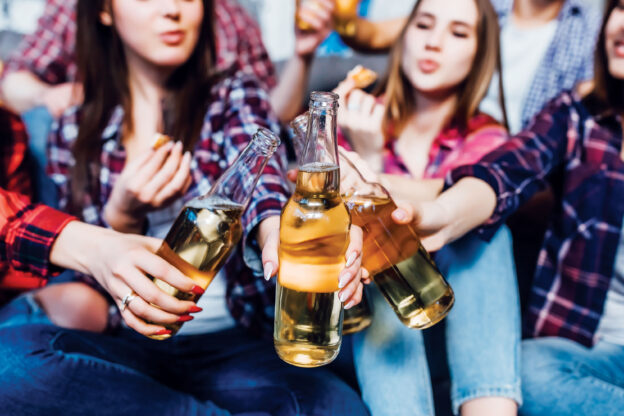As Diwali lights up homes across India, another sparkling trend is taking shape, premium liquor as the new-age festive gift. Once considered unconventional or even taboo, gifting fine spirits has now become a symbol of taste, status, and sophistication among urban consumers.
Whether it’s an aged single malt, a small-batch gin, or a limited-edition rum, curated liquor hampers are increasingly seen as a gifting option, away from traditional dry fruits and sweet boxes. High-end Indian craft brands, too, are getting their moment in the spotlight, from Paul John Whisky and Camikara Rum to Stranger & Sons Gin, all packaged in sleek, festive designs that make them ideal for gifting.
For corporates, especially in metros, premium alcohol has emerged as the “relationship gift” of choice, a token of appreciation that blends indulgence with exclusivity. Many retail chains and e-commerce players are also reporting a surge in demand for boutique and collectible labels ahead of the festive season.
However, gifting liquor in India still walks a fine line. With varying state laws and restrictions on alcohol gifting, most transactions occur discreetly, often in the form of personalised hampers or event-specific collections curated by licensed vendors. Despite the regulatory maze, the sentiment remains clear: Diwali is not just about lights and sweets, it’s also about raising a toast to good times and good company.
Here are some gifting options as well as recipes that will add to the sparkle of Diwali celebrations. From thoughtful pairings to ready-to-pour hampers, here are some must-haves to pick up on your way to the next celebration.
Godawan Artisanal Single Malt
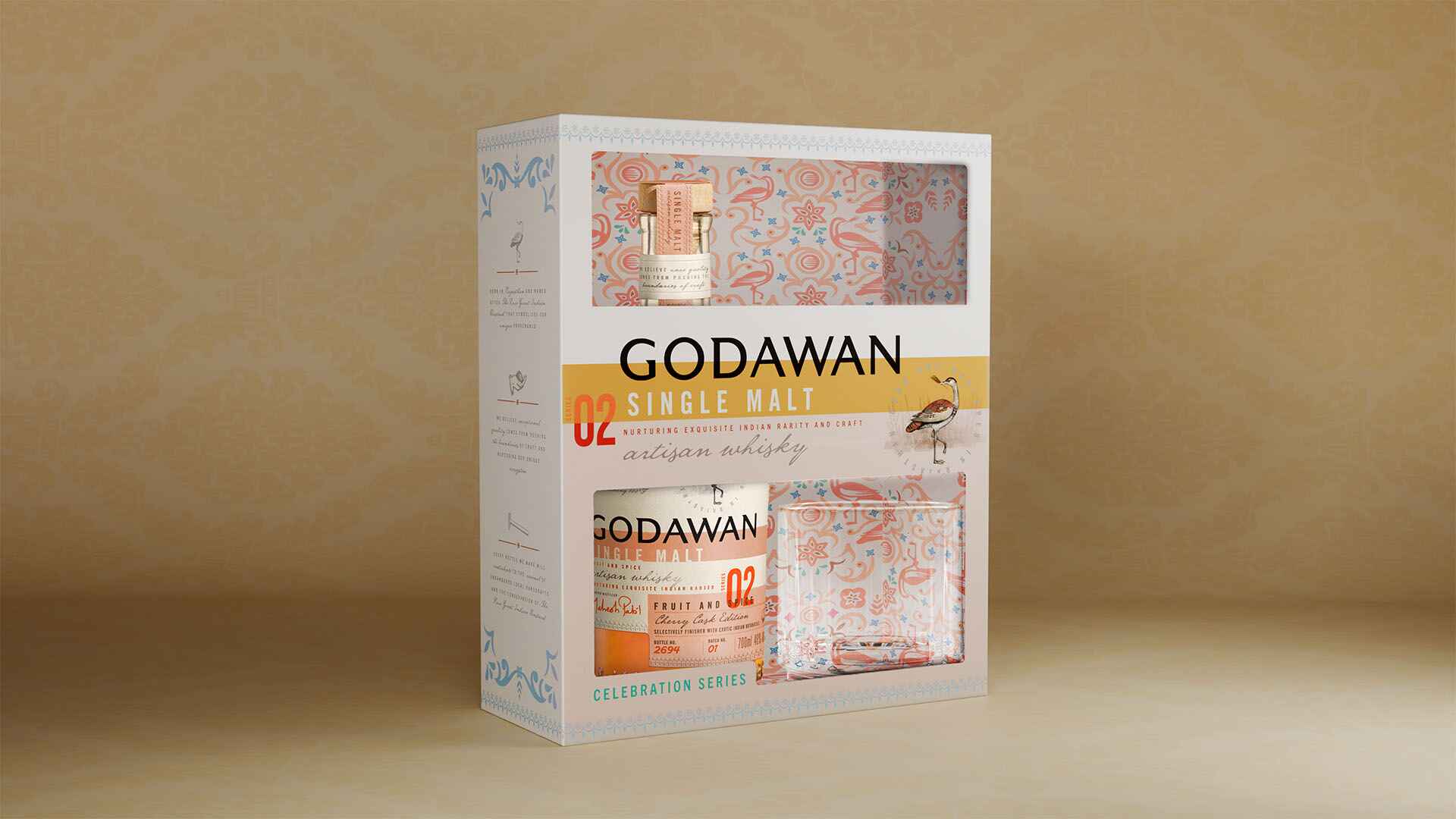
This festive season, Godawan Artisanal Single Malt—the most awarded Indian single malt in recent years—unveils an exclusive gift pack that captures the spirit of mindful luxury. Each pack features a bottle of your choice, either Godawan 01 Rich & Rounded or Godawan 02 Fruit & Spice, paired with a handcrafted crystal glass that elevates the whisky-drinking experience. Adorned with elegant ethnic motifs inspired by Rajasthan’s artistry, the pack is a refined celebration of craftsmanship, purpose, and timeless design—making it an ideal keepsake for the season.
Price & Availability: ₹2800-₹6000 in Delhi, Rajasthan, Karnataka, Punjab, Haryana, Uttar Pradesh, Maharashtra, Goa, Telangana, Assam, Chhattisgarh, and Madhya Pradesh.
Geist Brewing Compnay x Amrut Distilleries – Stout Cask Finish Indian Single Malt Whisky
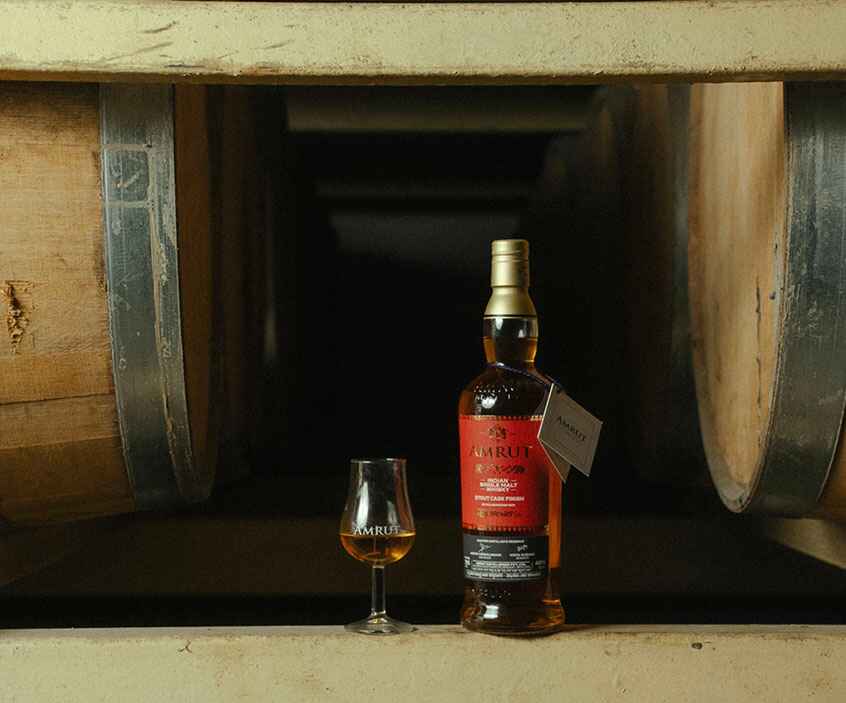
If there’s one bottle that captures Bangalore’s craft spirit this festive season, it’s the Geist Brewing Co. x Amrut Distilleries Stout Cask Finish. Limited to just 224 bottles, this collaboration brings together Geist’s bold Imperial Stout and Amrut’s world-renowned single malt expertise. The result is a rare stout cask–finished Indian single malt whisky that bridges the worlds of beer and whisky.
The story began when Amrut sent freshly emptied whisky barrels to Geist, where they were used to age the brewery’s Imperial Stout. Once the beer had picked up delicate whisky notes, the same barrels returned to Amrut, this time to finish their single malt. The result is a whisky layered with roasted malt, chocolate, and oak—bottled unfiltered at 46% ABV. Rich and complex, it’s an inventive expression of Bangalore’s craft culture.
Price and Availability: At select retail stores across Bangalore, priced at ₹7,500.
Diwali With Marriott Bonvoy
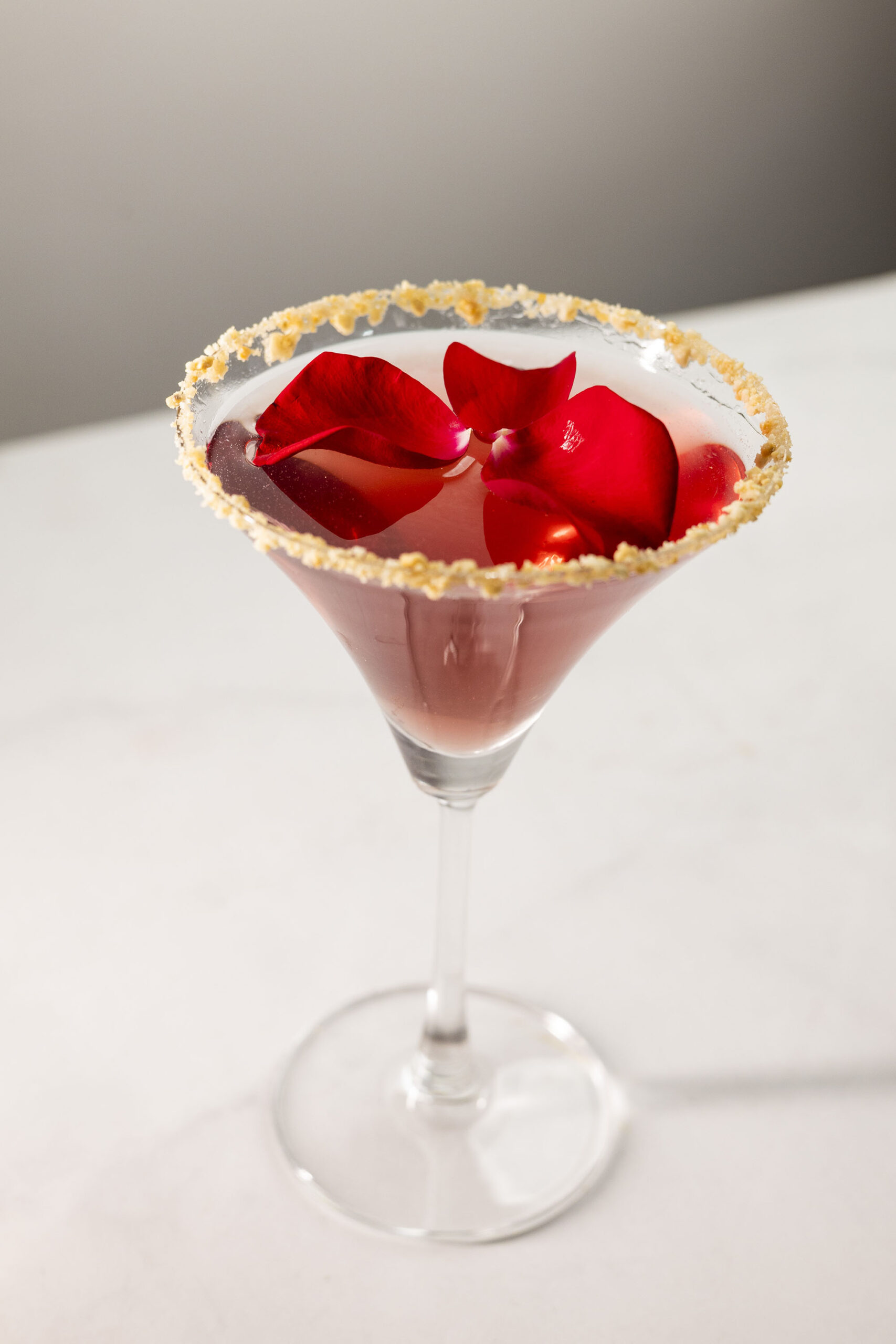
This Diwali, celebrate with the seventh edition of Diwali with Marriott Bonvoy, where traditions sparkle, artistry delights, and every mithai takes one to India’s diverse delicacies for Diwali. The specially curated festive boxes blend the richness of heritage with a contemporary touch. Available in options including the Box of 36 Sweets (₹2,800 + GST), Box of 18 Sweets (₹1,800 + GST), Variety Box of Nuts & Sweets (₹2,100 + GST), Festive Crunch Box (₹1,200 + GST), and Diwali Treasures (₹1,500 + GST) there’s something to make every moment special.
The exquisite festive boxes are available at Marriott Bonvoy hotels across India. Pre-booking is now open, with availability till Diwali.
Dewar’s Double Double 21

Crafted using an innovative four-step aging process, Dewar’s Double Double 21 allows single grain and single malt blends to fuse multiple times in their oak casks before their final ageing together. This blended liquid is then processed in a selection of sherry casks that give subtle notes of cinnamon, ripe vine fruits, and a smooth, lingering finish.
Price: ₹17,500
Dewar’s 12-Year-Old – A Timeless Blend of Elegance and Flavour
Dewar’s 12-Year-Old is a masterfully crafted Scotch whisky, double-aged to enhance its smoothness and depth. A delightful harmony of honey, vanilla, and spice makes it a crowd-pleaser, whether served neat, on the rocks, or in a classic highball. Its well-balanced profile and creamy finish make it an excellent choice for those who enjoy a refined yet approachable whisky.
Price: ₹4,000
MONIN Introduces a New Indian Rasa Range Specially Curated for Diwali
MONIN India brings its own touch of sparkle with the Indian Rasa Range, a collection that celebrates Indian flavours. Rooted in the campaign theme “Brighter With You”, the range reimagines India’s most beloved tastes through a modern lens—inviting chefs, baristas, mixologists, and home creators to rediscover the joy of flavour during the season of lights.
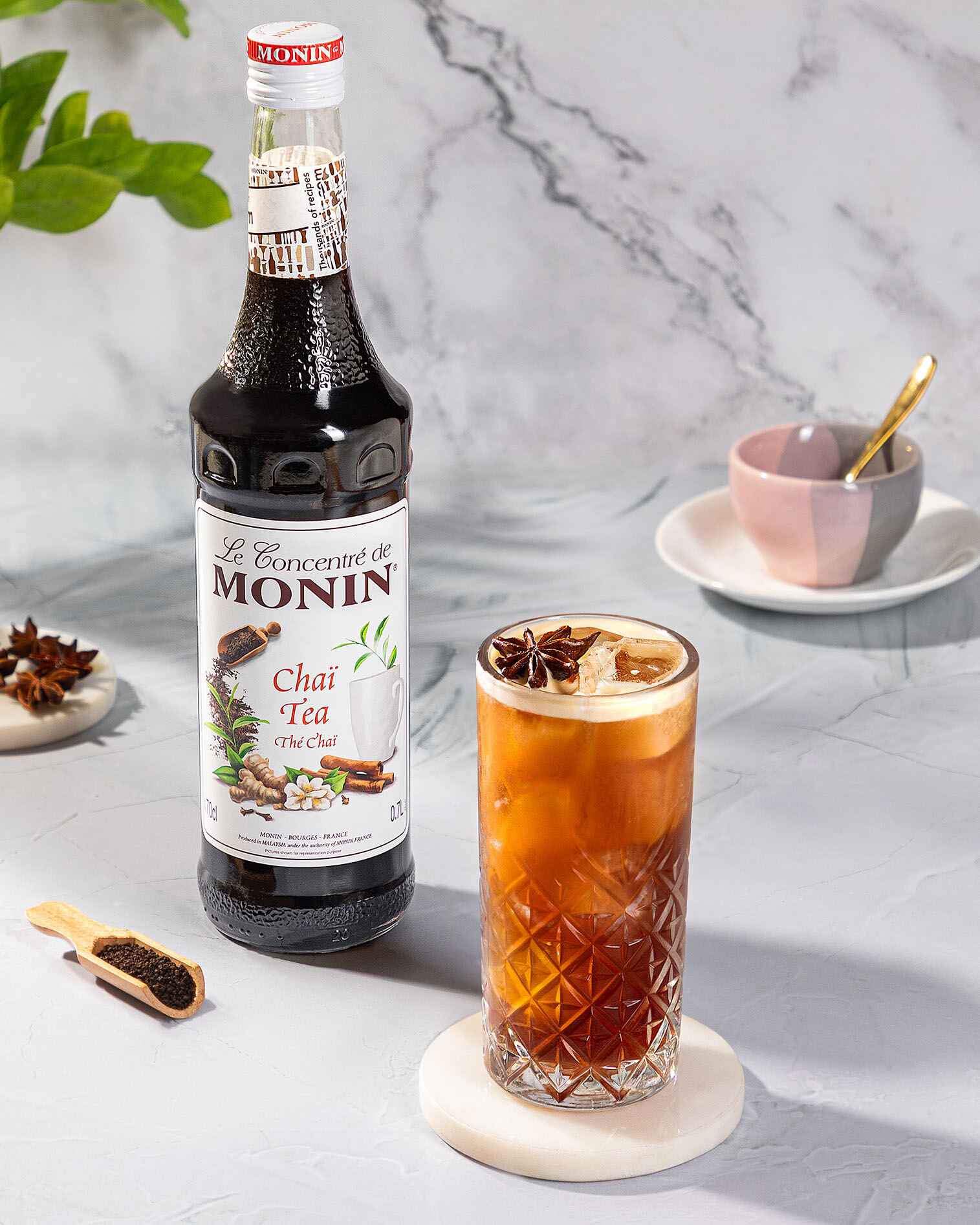
At the heart of the launch is MONIN’s Chai Tea Concentrate, a contemporary ode to India’s favourite comfort cup. Infused with the warmth of cardamom, cloves, and ginger, it’s as versatile as it is nostalgic, perfect for everything from spiced lattes to creamy desserts and festive cocktails.
The range includes Rose: Floral and fragrant, reminiscent of classic mithai; Spiced Jamun: Tangy and playful, a nod to India’s street-side indulgences; Raw Mango: A refreshing balance of sweet and sour, evoking summer nostalgia; and Hibiscus: Bright and floral, modern yet rooted in tradition.
The range has been designed in line with insights from MONIN India’s recent trend study, “Reimagining Indian Drinks and Desserts for Modern Hospitality Menus in 2025”, enabling chefs and baristas to bridge traditional flavours with global presentation.
“Diwali is a moment of gratitude for us at MONIN—a celebration of creativity, connection, and culture,” says Germain Araud, Managing Director, MONIN India. “With Brighter With You, we’re celebrating the people and partners who make our journey meaningful, and the flavours that make India truly special.”
Adding to this, Sai Harish, Head of Marketing, MONIN India, shares, “India’s beverage culture is constantly evolving—deeply rooted in tradition yet always open to reinvention. The Indian Rasa Range embodies that spirit, encouraging creators to reimagine familiar flavours in fresh, modern ways.”
Brighter With You: A Celebration of Collaboration – True to MONIN’s spirit of partnership, Brighter With You is an initiative that will see collaborations with cafés, bars, and restaurants across India, where chefs, baristas, and mixologists will craft limited-edition menus and tasting experiences inspired by MONIN’s Indian Rasa Range. Each collaboration will reinterpret festive flavours through a local lens—from spiced beverages and artisanal desserts to inventive cocktails and plated creations— showcasing how tradition can meet innovation on every table. Beyond the menu, select partners will host live demos, workshops, and pairing sessions, offering guests an immersive way to explore flavour and craftsmanship together.
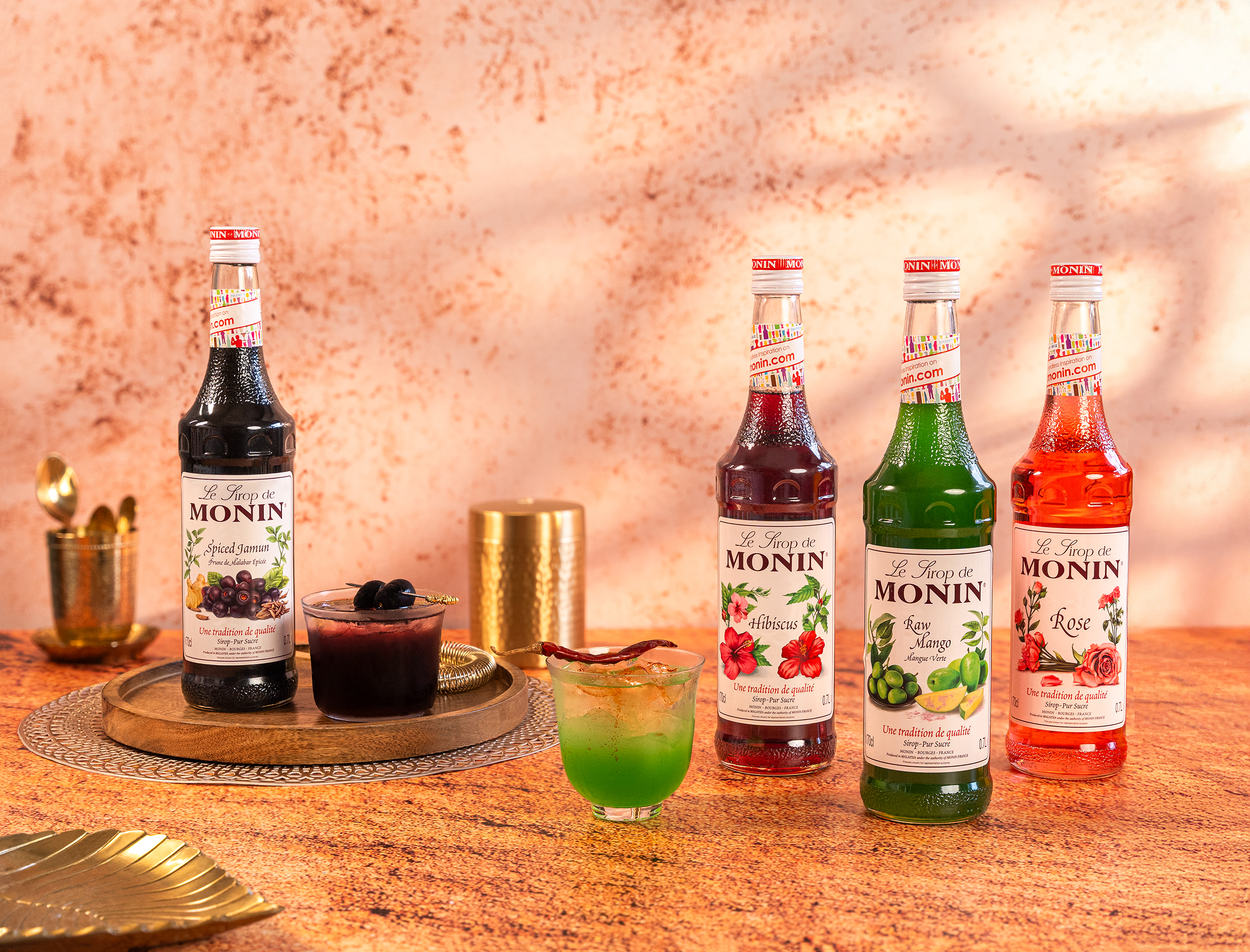
Price & Availability: The Indian Rasa Range is available through select cafés, restaurants, and bars across India, as well as online via Amazon, Flipkart, Big Basket, Blinkit, Swiggy, and Zepto in 700ml and 250ml bottles.
ZOYA Premium Gin – Live. Love . Rejoice.
When the packaging itself becomes the gift, you can’t say no! ZOYA Premium Gin’s value added pack is with creative AI-generated packaging, making a perfect gift for the festive season. The goblet that comes with it, enhances the premium and immersive appeal.
Types of People You Meet at a Diwali Party – As Cocktails
Every Diwali house party has its own share of personalities who add the real spark. From the
meticulous host with the perfectly done up Pinterest board to the one still texting, “What’s the
address again?”, the best house parties are a perfect mix of people, stories, and spirits. And
what if this Diwali, they were re-cast cocktails?
Read on to discover your ultimate cocktail twin with these perfect pours to match every personality.
The Classy Hostess as Vanilla Gintini (ZOYA Premium Gin):
Elegant, composed, and effortlessly charming, this person knows how to make every detail
count, from her playlist to her glassware. Much like the Vanilla Gintini, they blend classic
sophistication with a hint of subtle charm that spells soft power in glass.
The Pour: Vanilla Gintini
Ingredients:
- ZOYA Premium Gin (60 ml)
- Vanilla Syrup (15 ml)
- Cranberry Juice (15 ml)
- Lime Juice (10 ml)
Garnish: Edible Flower 1 pc
Recipe:
- Fill a martini glass with ice.
- Stir all ingredients and garnish to enjoy.
The Old-School Charmer as Smoked Maple Old Fashioned (Woodburns Contempoary Whisky)
A storyteller with a sparkle in the eye and a love for the classics. They don’t rush their evenings or their whisky. The Smoked Maple Old Fashioned is all about this warmth, balance, and timeless taste—making it the perfect pour for the one with the slow sips and good stories shared by the diya light.
The Pour: Smoked Maple Old Fashioned
Ingredients:
- Woodburns Contemporary Whisky (60 ml)
- Maple Syrup (10 ml)
- Angostura Bitters (3 dashes)
Recipe:
- Burn a nutmeg and let the smoke come out. Cover that Nutmeg with a whisky glass.
- Stir all ingredients in the whisky glass full of ice.
- Garnish with orange peel and enjoy!
The Cool Creative as the ARTHAUS Straightpour (ARTHAUS Collective Blended Malt Scotch Whisky)
They arrive fashionably late, with a playlist that instantly takes over the aux. The posterboy for “chill”, this person embodies easy, breezy flair with a little unpredictable twist that ensures they don’t need to do anything to stand out. The ARTHAUS Highball mirrors their spirit —effortlessly smooth with an experimental and artistic edge.
The Pour: ARTHAUS Straightpour (60 ml – served on the rocks!)
The Life of the Party as the Spicy Mule (Russian Standard Vodka)
Fiery, confident, and impossible to ignore, the Spicy Mule channels this person’s infectious energy in every pour. All spark, no dull moment—when they are around, the night is always just getting started.
The Pour:
Ingredients:
- Russian Standard Vodka (60 ml)
- Jalapeño Brine (30 ml)
- Jalapeño (2 pcs; muddled)
- Lime Juice (15 ml)
Garnish: Mint Sprig
Recipe:
- Shake all ingredients in a mixer filled with ice.
- Pour into a Moscow Mule Glass to serve. Top up with non-alcoholic Ginger Beer to
- enjoy.
The Midnight Philosopher as Midnight Cravings (SEGREDO ALDEIA Espresso Rum)
Find them on the balcony post-dessert, deep in conversation about the secret of life—or at least the secrets behind good coffee. The cocktail twin-flame for bittersweet thoughts with a silky finish, the Midnight Cravings cocktail is rich, dark, and delightfully introspective just like the midnight philosopher in your gang.
The Pour: Midnight Cravings
Ingredients:
- SEGREDO ALDEIA Espresso Rum (60 ml)
- Cold Brew (30 ml)
- Dark Crème de Cacao (15 ml)
- Demerara Syrup (15 ml)
- Chocolate Bitters (2 dashes)
- Garnish: Coffee beans and chocolate grated
Recipe:
- Dry shake and ice shake all ingredients in a glass.
- Garnish with coffee beans and grated chocolate to enjoy.
Royal Rangoli by MONIN
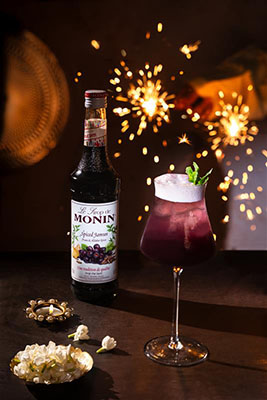
A vibrant, tangy refresher that blends MONIN Spiced Jamun and Glasco Lemon with cranberry and soda—bold, fruity, and the perfect citrus break from all your festive sweet munching.
Ingredients:
- MONIN Spiced Jamun Syrup – 20ml
- MONIN Glasco Lemon Syrup – 10ml
- Cranberry juice – 60ml
- Soda – 60ml
- Ice cubes
- Mint sprig (for garnish)
Method:
- Add the syrups, cranberry juice, and ice to a shaker.
- Shake well and pour into a red wine glass.
- Top with soda and garnish with mint.
Meetha Patakha by MONIN
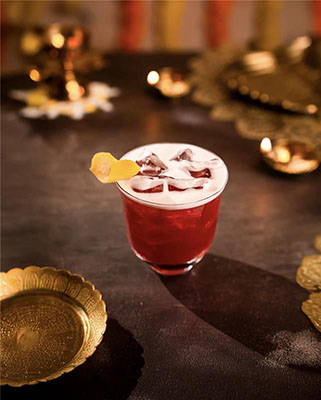
Sweet and fiery, this tequila-based cocktail blends MONIN Cherry and Blood Orange syrups with cranberry and soda for your palate that’s craving a little bit of that oomph factor.
Ingredients:
- MONIN Cherry syrup – 20ml
- MONIN Blood Orange syrup – 10ml
- Tequila – 45ml
- Cranberry juice – 60ml
- Soda – 60ml
- Orange peel (for garnish)
Method:
- Combine both syrups, tequila, and cranberry juice with ice.
- Shake and pour into a Collins glass.
- Top with soda and garnish with an orange peel twist.

